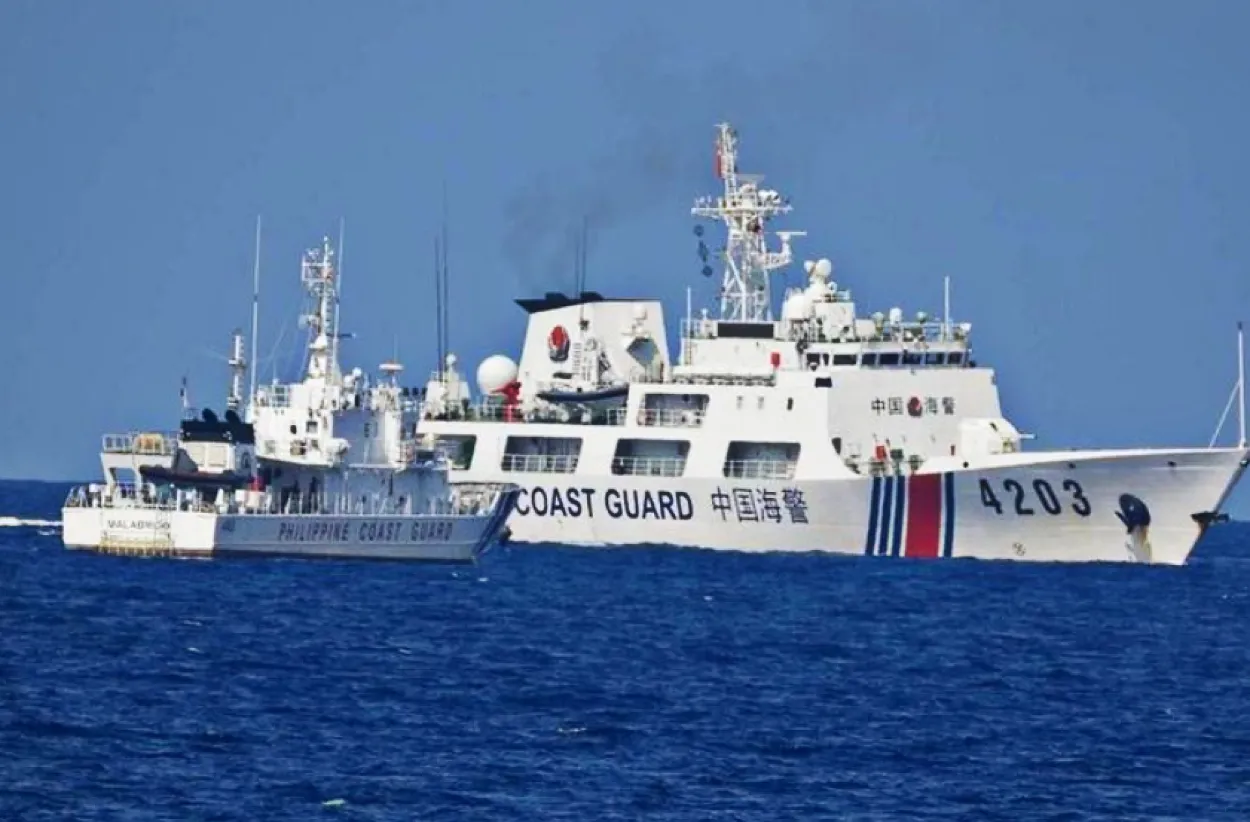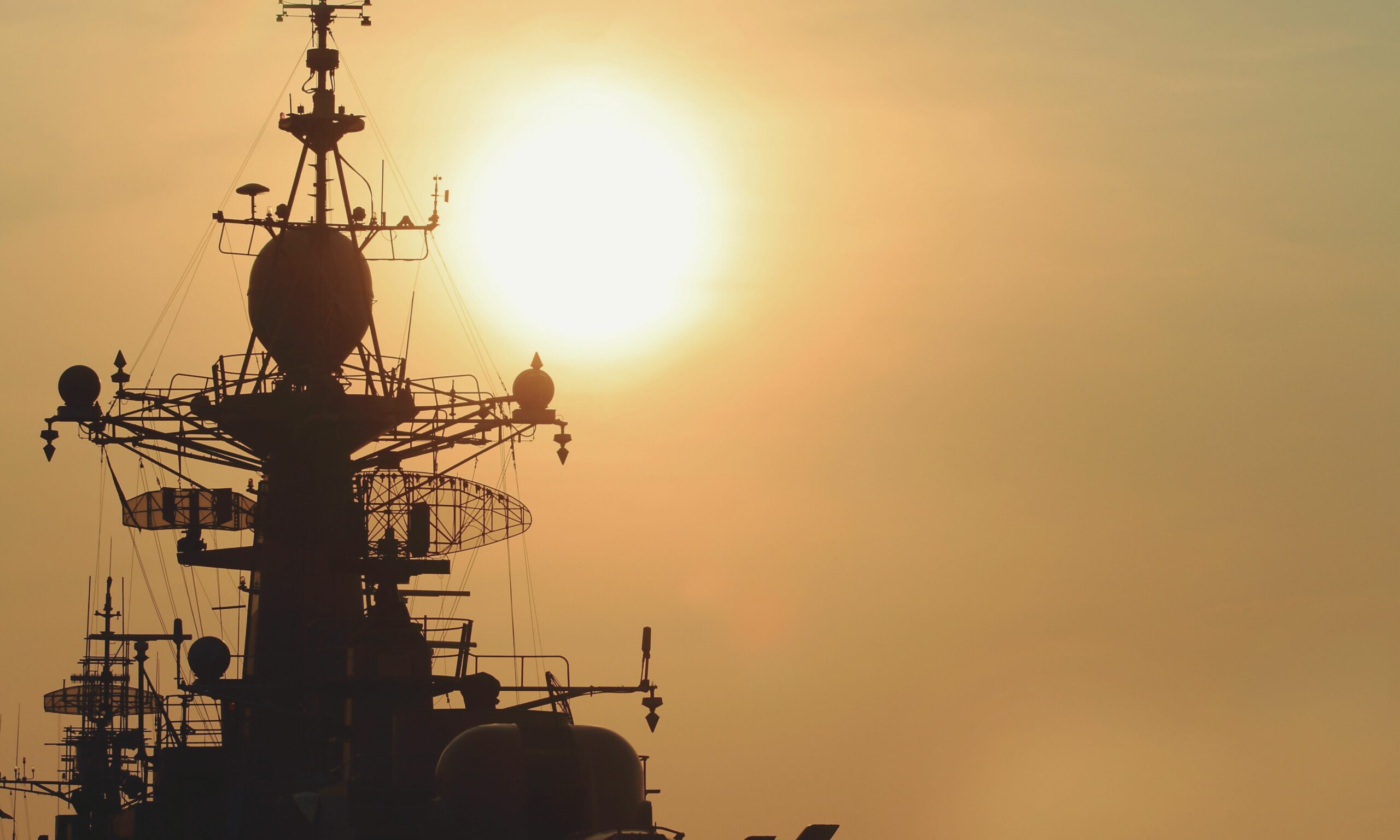Korean Report Identifies 6 Factors That Are Fueling Conflict In South China Sea
THE EURASIAN TIMES
The EurAsian Times covered an APLN-VERTIC report titled “Crisis Avoidance: Preventing Dangerous Maritime Incidents and Unintended Escalation in the Asia-Pacific.” Read the original article here.
Multiple collisions between the Filipino and Chinese maritime vessels in the contested waters near the Second Thomas Shoal in the recent past seem to have raised apprehensions about whether the concept of “ASEAN centrality” is good enough to manage regional conflicts in the Indo-Pacific in general and the South China Sea (SCS) in particular.
Many pundits of geopolitics view that while ASEAN-centric bodies such as the ASEAN Regional Forum (ARF) and the East Asia Summit (EAS) are essential forums for discussion, they lack enforcement mechanisms, unlike NATO or the European Union.
Differences among ASEAN members have been most significant in how to respond to China’s growing aggression and sovereignty claims in the South China Sea. There is a lack of clarity among Southeast Asian countries on whether China represents the biggest challenge for their respective interests.
Numerous studies have noted that different Southeast Asian states consider China to represent varying degrees of opportunities (primarily economic) and challenges (especially security).
This issue has been further compounded by ASEAN’s consensus-based model, allowing a single dissenting member state to block an entire process. China has exploited these limitations at the Code of Conduct negotiations for two decades since 2002.
Amitav Acharya, Distinguished Professor of International Relations at American University in Washington, DC, and the author of ASEAN and Regional Order: Revisiting Security Community in Southeast Asia, argues that ASEAN Centrality has three aspects.
First, ASEAN has been the most successful regional organization. Second, ASEAN has been the building block of regional institutions. Third, ASEAN is the only neutral broker with the convening power and credibility to organize multilateral dialogues.
“This is not least because of the mistrust among the region’s great powers — China, the United States, Japan, and India.”
According to Acharya, ASEAN Centrality has come under doubt, mainly due to the growing rivalry between the United States and China. Such rivalry means the ‘return of geopolitics’ to the region, diminishing ASEAN’s autonomy.
Not only have great powers acquired more significant influence over the regional architecture, but ASEAN seems hapless in addressing conflicts, especially the South China Sea dispute.
The ‘ASEAN Way,’ an informal and consensus-based approach, is invariably ‘sweeping conflicts under the carpet.’ Besides, ASEAN members have been more willing to resort to external mechanisms, especially the International Court of Justice, which has successfully intervened in Indonesia–Malaysia, Malaysia–Singapore, and Thai–Cambodia territorial disputes.
However, this method has limitations when the dispute or discord involves a non-member like China, which has not abided by the world body’s verdicts on territorial disputes with the Philippines.
On the other hand, tensions have escalated between the Philippines and China, involving a near-collision in the South China Sea between a China Coast Guard ship and a Philippines patrol vessel.
China does not accept the principles of the United Nations Convention on the Law of the Sea(UNCLOS) that talks about the status of exclusive economic zones (EEZs) and activities allowed in them.
Beijing does not view its claims and actions in the South and East China Sea as challenging the legitimacy of UNCLOS, as it contends the treaty does not apply to territorial claims in semi-enclosed seas.
China has ignored a Permanent Court of Arbitration ruling against its activities in the South China Sea. The actions of Chinese pilots and naval crews in the Taiwan Strait are also in pursuance of the Chinese territorial goals.
It is widely accepted that in the South and East China Seas, China engages in ‘grey zone’ tactics (coercive actions that are shy of armed conflict but beyond normal diplomatic, economic, and other activities) for its strategic ends through the Chinese Coast Guard (CCG) and its fishing militia (also called ‘maritime militia’ and ‘China’s third sea force’) to pressure more minor powers and prevent them from exploiting maritime space.
Besides its strategic objectives in the South China Sea, Chinese maritime grey zone operations also reportedly target US surveillance operations within the Chinese-claimed Exclusive Economic Zone (EEZ) and Japanese claims to the Senkaku/Diaoyu Islands in the East China Sea.
Its Coast Guard Law of 2021 authorizes the CCG to use force against foreign ships and foreign fishing vessels that operate in areas claimed by China as its own, including the Senkaku/Diaoyu Islands. Therefore, it is widely realized that such grey zone incidents pose a high risk of escalation, particularly when ‘non-military’ vessels clash with military vessels.
However, it may be noted that in July 2023, ASEAN and China revived the negotiations on a proposed Code of Conduct (CoC) on the South China Sea (SCS) by agreeing to a new set of guidelines. The CoC was supposed to reaffirm freedom of navigation and overflight and commit the parties to resolve disputes peacefully.
But, in concrete terms, nothing much has happened. Differences in current positions on the CoC exist not only between China and ASEAN but also among the ten ASEAN member states, given their differing perceptions and interests vis-à-vis the SCS.
Disagreements persist over the geographical scope of the code, the scope of permissible maritime activities, measures to manage escalation of disputes and promote self-restraint, the roles of different regional powers, and the issue of whether the code should be legally binding or otherwise.
Claimants do not have to commit to refraining from building new structures on the islands, reefs, or shoals that they already occupy. Still, the CoC prohibits claimants from occupying new uninhabited areas in the SCS.
In a nutshell, one may, thus, agree with a just-released report by the Seoul-based Asia-Pacific Leadership Network that points out six key factors contributing to instability in the region. The identified factors are:
-
Growing grey-zone incidents involving non-military vessels in violent encounters at sea;
-
Different interpretations of the law of the sea and the selective interpretation of UNCLOS by China relating to the determination of jurisdictional zones and effects on navigation;
-
Sovereign impunity of actors resulting from unenforceability of treaties and formal agreements;
-
Major power rivalries overshadow and compound maritime challenges for more minor powers;
-
Growing military and technological assets and capabilities of regional powers crowding the maritime and overhead air spaces in the Asia-Pacific and
-
Limited maritime domain awareness inhibits regional actors from developing a shared understanding of maritime security threats.
The report clarifies that regulating the activities of the non-military actors and Chinese grey zone tactics has primarily been a critical limitation of existing maritime codes of conduct and CSBMs in areas like the South and East China Seas.
The aggressive activities of Chinese naval vessels and coast guards against regional and US ships in South and Southeast Asia are mandated by Chinese domestic laws. Still, they often contravene regional codes of conduct and even international treaties like UNCLOS. These transgressions are justified by a selective interpretation of UNCLOS or by exploiting loopholes in global and regional agreements.
Culminating a year-long project, the report has identified ways regional actors can strengthen existing risk reduction measures and confidence and security building measures (CSBMs). It recommends that information sharing, data integration, and greater maritime domain awareness are the most urgent and desirable areas for navigational confidence and security building among states in the Indo-Pacific.
Image: The Philippine Coast Guard (PCG) accused China of shadowing and harassing two ships. File Image


